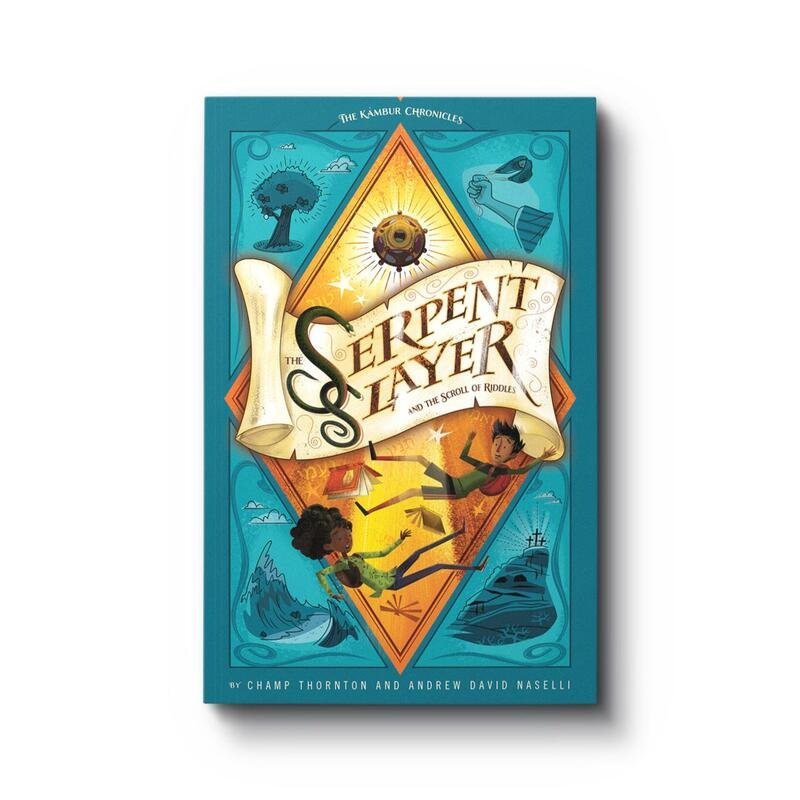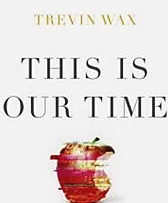The Serpent Slayer - A Review
How do you get biblical theology to your children?
For those of us committed to discipling our children by helping them understand the big picture of Scripture as one narrative of God’s providence from creation to the fall, then through his redemption and final consummation, this can be a daunting task.
Sunday school is a powerful tool, with excellent curricula like LifeWay’s The Gospel Project pounding away at the big picture, reminding youngsters (and the adults that use the curriculum) that every story in the Bible whispers Jesus’ name. It’s good that curricula that teach biblical theology exists and are readily accessible to churches.
But what about the spaces between Sundays and Wednesdays when the Boxcar Kids, Harry Potter, Encyclopedia Brown, and the Animorphs capture our children’s attention? Should we try to backfit some Jesus ideas into those narratives and try to make connections?
There are cases where it can be helpful. Harry Potter is, of course, a type of Christ. J. K. Rowling has admitted as much. But teaching kids about “the Gospel in the Marvel Comic Universe” is a stretch and even the least discerning kids typically recognize it as such.
In a recent book Champ Thornton and Andy Naselli attempt a different approach to providing an imaginative pathway to teaching these basic biblical truths. New Growth Press released The Serpent Slayer early in 2022.
The book is a middle grade level chapter book that follows twins, Nomi and Emmet, as they have a wild adventure where they get sucked into stories that turn out to be part of the biblical story line. There’s a little bit of mystery, a little bit of Never Ending Story, some repentance and moral truth telling, along with unmistakable elements of biblical theology.
The story is carried along with riddles that will likely seem transparent to an educated reader, but which will be engaging for the 9-13 year-old target audience. There are twenty-five concise chapters that keep the plot moving along in the 135 page volume. Readers that have cut their teeth on The Mysterious Benedict Society and similar tomes will find this book a light snack in comparison. But there is some meat in the content, so the authors included a Reader’s Guide at the end that helps make clear the symbolism for kids that need a little help putting the pieces together.
There are elements of magic within the book, which may make some parents skittish. But when this is put in context of the theological grounding that Naselli and Thornton have demonstrated in their other works, there is good reason to expect that the mysterious events remain a devise to move the plot rather than a subject to be explored. In order to be interesting, there needs to be something out of the ordinary as a hook.
The book is intended to be the beginning of a series. There is a fair amount of space invested in introducing the characters. Later books may have opportunity for more thorough character development because the foundation is already laid. As far as tone and quality, this has more of the feel of The Hardy Boys than The Chronicles of Prydain, but at the rate many kids devour literature this is a welcome addition to a church book shelf, a home library, or even as something to request for your local library.
NOTE: I received a gratis copy of this volume from the publisher with no expectation of a positive review.

























Reading your Bible is a battle. There’s a reason why Paul lists Scripture as the sword of the Spirit in his discussion of the armor of God (Eph. 6:17). More even than that, Scripture reveals God’s character and is, thus, central to worshiping well (Psalm 119). That’s why reading the Bible is a battle.